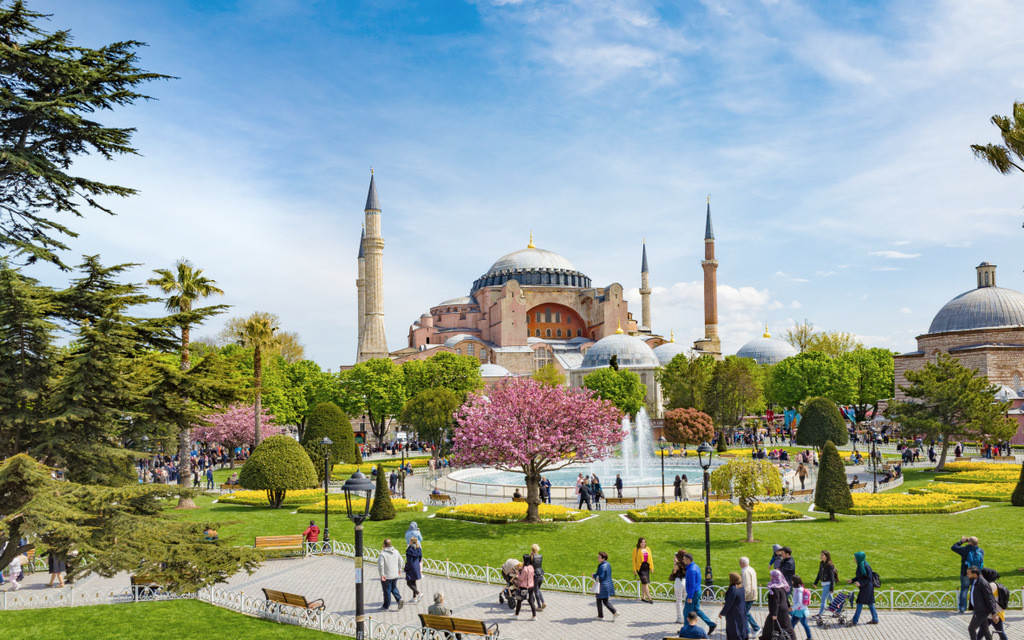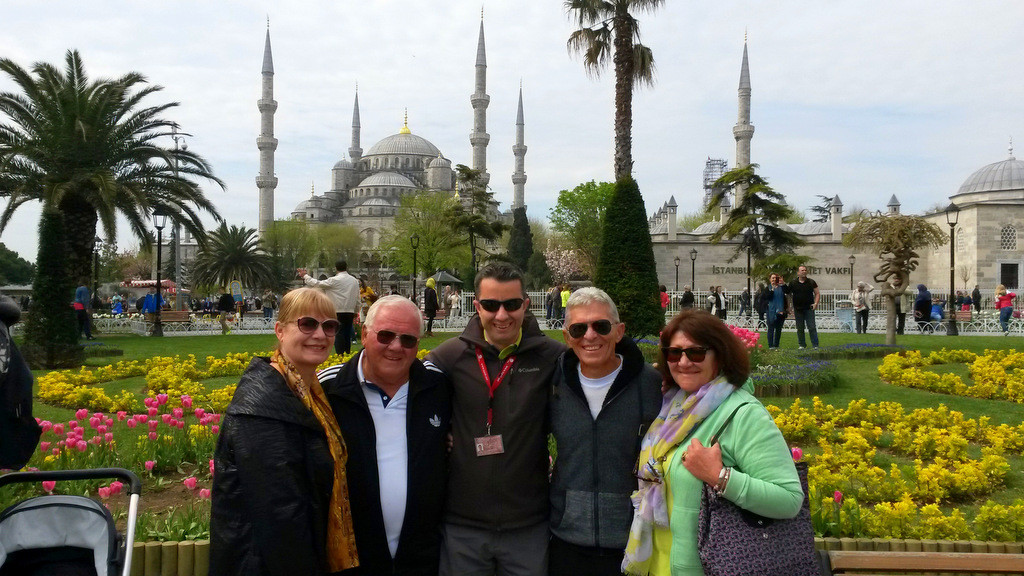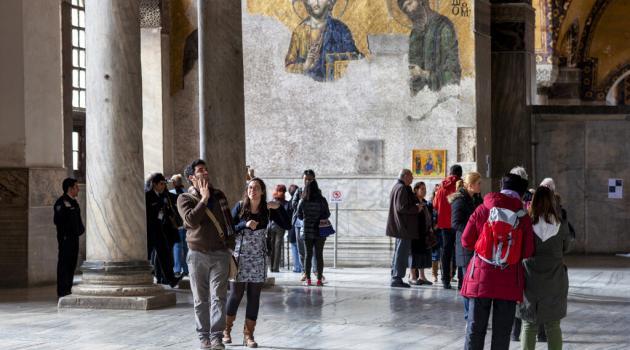Top Places in Istanbul
30 Best Museums in Istanbul (Updated → 2024)
The best museums in Istanbul are mostly located on the European side of the city. The most visited museums can be found in Sultanahmet (Old City), Beyoglu (Taksim) and on the shores of the Bosphorus (Besiktas and…
Continue Reading 30 Best Museums in Istanbul (Updated → 2024)
25 Best Mosques to Visit in Istanbul (Updated 2024)
The best mosques to visit in Istanbul are mostly located in the Historic Peninsula. In addition, there are beautiful mosques on the shores of the Bosphorus. Many of these mosques are located in districts such as Beyoglu,…
Continue Reading 25 Best Mosques to Visit in Istanbul (Updated 2024)
BYZANTINE SITES (Museums & Ruins) in Istanbul (2024)
Hello, I am Serhat Engul, a historian and tour guide based in Istanbul. In this article, I would like to share information about the Byzantine sites in Istanbul. You can find Byzantine churches, museums, walls and cisterns…
Continue Reading BYZANTINE SITES (Museums & Ruins) in Istanbul (2024)



